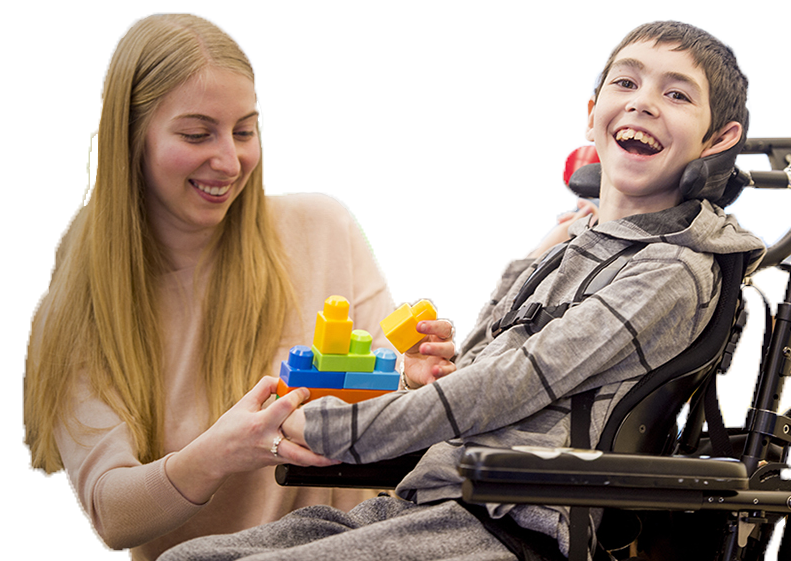Resources Directory
Search below to find a hospital, doctor, therapy, and more

NEW JERSEY Assistive Technology Center
The Assistive Technology Center is New Jersey’s online resource for information and equipment. We help people with disabilities, their families, teachers and employers identify and learn to use the technology that will be most effective in meeting their goals. The Assistive Technology Center staff provides workshops and trainings to help teachers, school personnel, parents and employers learn about what kinds of technology are available and how to implement them. Our trainings can be customized to fit specific needs. Visit our Professional Development pages to see what workshops are currently scheduled or complete a Workshop Request form for a unique program tailored to your specific needs.
The Assistive Technology Center is a program of the Assisitive Technology Services Department of Advancing Opportunities, formerly Cerebral Palsy of New Jersey, a leader in the disability services field for over 50 years.
Funding for the Assistive Technology Center comes from Disability Rights New Jersey, the New Jersey Division of Vocational Rehabilitation Services and the New Jersey Divsion of Developmental Disabilities.
Free Demos – Find out how to schedule a free assistive technology trial. Learn more.
Technology Lending Center – The Technology Lending Center at Advancing Opportunities offers its members access to the most comprehensive lending library in the state. We offer free shipping, fast turn-around time on all loans, and a service oriented and knowledgeable staff to assist you through every step of the process. We offer various membership levels to fit your specific situation, and are regularly adding to an already impressive collection of Assistive Technologies.
Inventory Includes:
Aids for Daily Living – Adaptive equipment and strategies for such activities as eating, dressing, Washing and leisure time activities.
Augmentative Communication – Picture boards and simple to program and use devices for communication.
Computer Access – Alternatives to standard keyboards and mice, including ergonomic equipment, voice input, headpointers, switch input, and on-screen keyboards.
Educational Aids – Computer software and other aids that make it easier to read, write and learn.
Environmental Controls – Adaptive telephones, televisions and household electronics.
Ergonomic Aids – Tools that are sized, designed and arranged to fit the person using them. When ergonomics is applied correctly in the work environment, visual and musculoskeletal discomfort and fatigue are reduced significantly.
Recreation and Toys – Adaptive games and toys
Switches – Switches offer control by taking advantage of the abilities and movement a person has.
